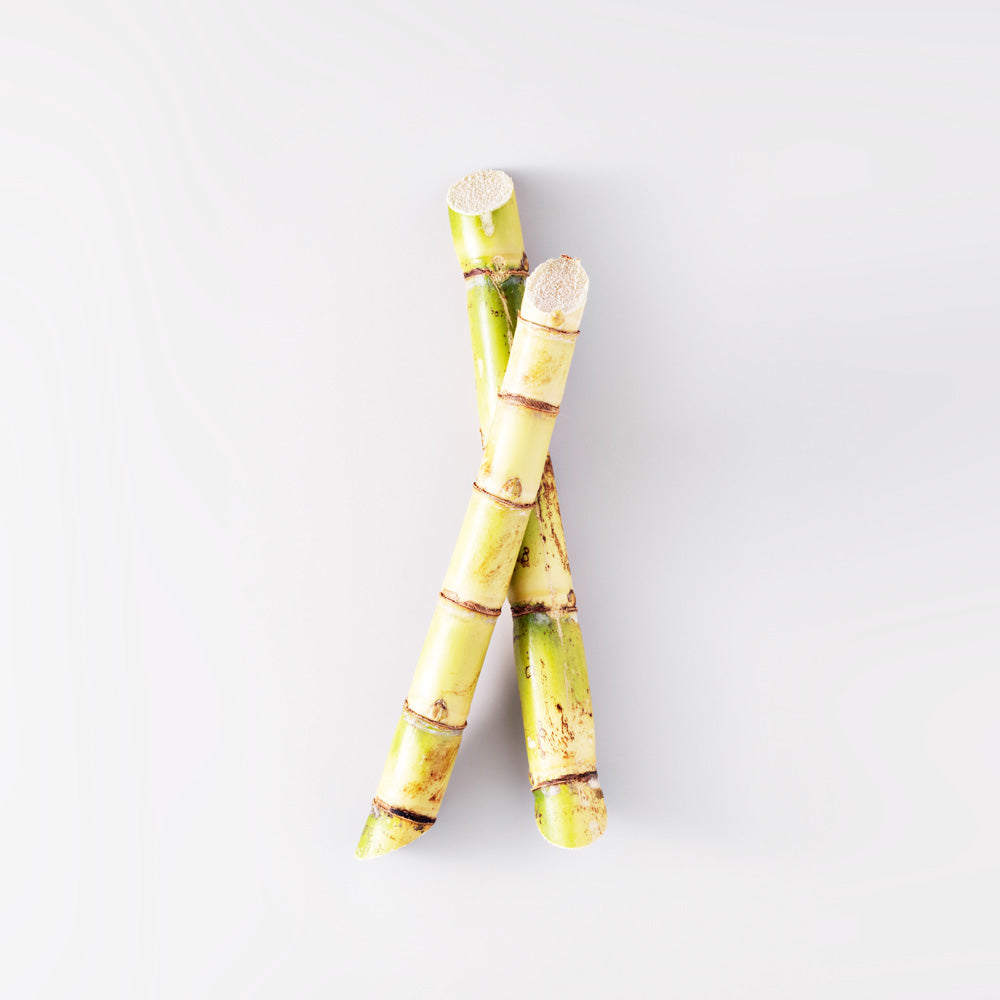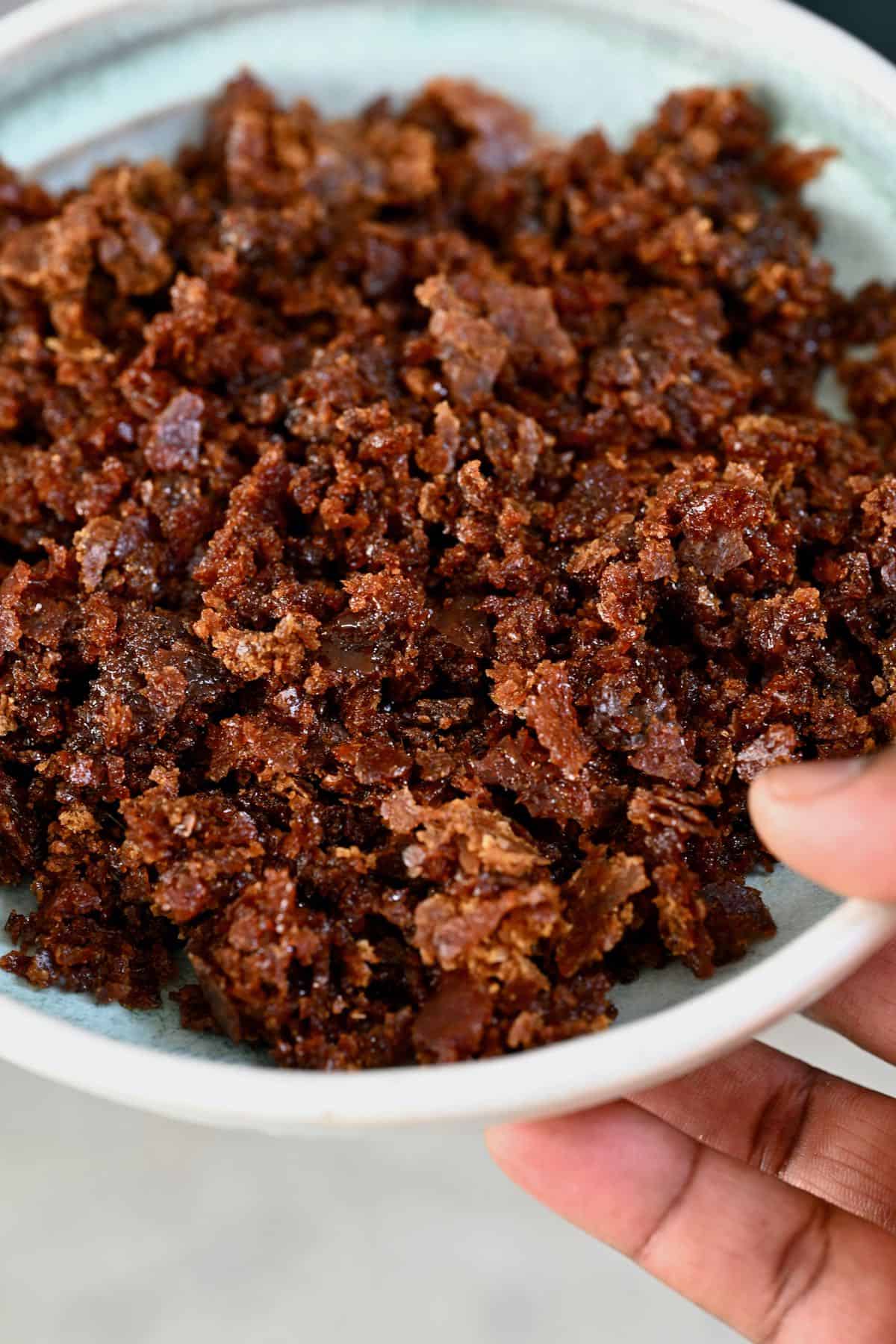The Trip of Cane Sugar Processing: From Harvest to Crystals
The Trip of Cane Sugar Processing: From Harvest to Crystals
Blog Article
A Thorough Overview to the Ecological Influence and Sustainability Practices in Walking Stick Sugar Handling
The environmental influence of walking stick sugar processing offers a complicated range of challenges that warrant mindful assessment. From dirt destruction and too much water usage to the carbon impact connected with cultivation and manufacturing, the repercussions of traditional methods are far-reaching. What specific techniques can be executed to strike an equilibrium in between productivity and ecological stewardship?
Summary of Walking Cane Sugar Processing
Walking cane sugar processing involves a collection of systematic actions that transform sugarcane right into polished sugar. At first, collected sugarcane is transported to processing centers, where it goes through cleaning to eliminate dirt and debris. Following this, the walking cane is crushed to draw out juice, which is after that cleared up by getting rid of impurities via heating and the enhancement of lime.
The clarified juice goes through dissipation, where water is removed to concentrate the sugar web content. This concentrated syrup is then crystallized via cooling, permitting sugar crystals to form. These crystals are separated from the continuing to be syrup using centrifugation, leading to raw sugar. To attain polished sugar, the raw product undertakes further filtration procedures, which might include filtering and cleaning to eliminate staying contaminations and shade.
The end product is after that dried out and packaged for circulation. Throughout this whole procedure, keeping performance and quality control is necessary to guarantee the sugar satisfies market requirements. Each action in walking stick sugar handling not only adds to the end product however likewise has ramifications for source usage and waste generation, setting the stage for discussions on sustainability and environmental impacts associated with sugar production.
Environmental Obstacles of Production
The production of cane sugar provides a number of substantial environmental challenges that warrant interest. One primary issue is the considerable usage of agrochemicals, consisting of pesticides and fertilizers, which can result in soil destruction, biodiversity loss, and contamination of neighborhood water resources. The overflow from sugarcane fields typically carries these chemicals into nearby environments, interrupting water life and affecting the wellness of areas reliant on these water bodies.
One more challenge is the high power usage connected with sugarcane processing. The boiling and refining stages require significant warmth, mainly generated by melting fossil fuels, adding to greenhouse gas exhausts. Furthermore, the expansive land area required for sugarcane growing can result in logging and habitat devastation, additional exacerbating environment modification and harmful wild animals.
Additionally, the labor practices in some areas raise moral issues, as employees may encounter bad working problems and poor salaries. This scenario commonly perpetuates a cycle of destitution in local areas. Cane Sugar Processing. Dealing with these ecological challenges is vital for establishing more sustainable techniques in cane sugar production, inevitably benefiting both the atmosphere and the areas involved in this market
Water and Land Usage Effect
Water sources and land utilization are important parts in the walking stick sugar market that considerably affect the setting. The growing of sugarcane calls for considerable water input, with quotes suggesting that it can eat up to 2,000 liters of water per kg of sugar generated. This extensive use of water commonly leads to deficiency of local water resources, impacting not only the sugarcane vineyards yet additionally bordering communities and areas that depend on the same water sources for agriculture and domestic use.

Moreover, land usage for sugarcane cultivation can bring about deforestation and the conversion of all-natural habitats into monoculture haciendas. This practice reduces biodiversity, disrupts regional ecological communities, and adds to soil deterioration. The development of sugarcane fields commonly encroaches on useful farming land, creating competition for sources in between food and biofuel production.
Sustainable methods, such as optimizing irrigation strategies and implementing crop rotation, are crucial to mitigate these effects. By embracing extra efficient water usage and land administration visit this web-site approaches, the cane sugar industry can decrease its environmental impact, making certain a balance between agricultural productivity and environmental preservation.
Greenhouse Gas Emissions
Greenhouse gas discharges stand for a significant environmental issue within the walking stick sugar processing market, especially as agricultural methods broaden to satisfy worldwide demand. The cultivation of sugarcane, a crop that flourishes in tropical climates, counts greatly on artificial plant foods and chemicals, which add to laughing gas discharges. In addition, land-use changes, including logging for brand-new sugarcane plantations, release carbon dioxide kept in plants and dirt.
During handling, power consumption is another significant source of greenhouse gas emissions - Cane Sugar Processing. Several sugar mills make use of nonrenewable fuel sources to power machinery and create heat, causing significant carbon footprints. Furthermore, the transport of raw sugarcane and completed products includes layers of emissions via fuel burning in automobiles
This entails evaluating present farming practices, processing techniques, and transport systems to recognize areas for enhancement and reduction. Resolving greenhouse gas emissions is vital for cultivating a more sustainable walking cane sugar industry in a changing environment.

Lasting Practices and Innovations
Lasting practices and technologies are progressively important in the walking cane sugar processing sector as stakeholders seek to reduce ecological impacts while preserving productivity. One considerable development is wikipedia reference the execution of integrated plant management, which maximizes resource usage by combining soil monitoring, insect control, and plant rotation methods. This strategy improves return while minimizing chemical inputs and protecting dirt health and wellness.
In addition, the adoption of renewable resource sources, such as biomass from sugarcane deposits, has actually acquired grip - Cane Sugar Processing. By transforming waste products into power, refining facilities can decrease their dependence on fossil gas, thus decreasing greenhouse gas emissions
Water administration techniques have actually also seen enhancements via the recycling and reusing of water in handling plants, considerably minimizing freshwater consumption. Developments in innovation, such as accuracy farming, enable farmers to keep track of plant wellness and source usage better, making certain lasting cultivation practices.
Additionally, accreditation programs like Fair Profession and Rain forest Partnership urge environmentally responsible farming practices and promote social equity within the supply chain. By embracing these sustainable practices and developments, the walking stick sugar processing industry can improve its resilience and contribute positively to environmental stewardship.
Conclusion
The environmental impact of cane sugar handling offers substantial difficulties, including dirt degradation, high water intake, and greenhouse gas discharges, together with ethical issues connected to labor practices. Dealing with these issues through lasting practices, such as incorporated plant administration, renewable resource fostering, and water recycling, is important. By promoting environmentally liable and socially fair approaches in this link sugar manufacturing, the market can mitigate its adverse results, making sure a more lasting future for both ecological communities and neighborhoods associated with this sector.
Walking cane sugar processing involves a collection of systematic actions that transform sugarcane right into refined sugar. Each action in cane sugar handling not only adds to the final item however also has effects for resource usage and waste generation, setting the phase for discussions on sustainability and ecological impacts connected with sugar production.
Greenhouse gas discharges represent a considerable environmental worry within the cane sugar handling industry, specifically as agricultural methods expand to satisfy international demand.Sustainable techniques and developments are increasingly crucial in the cane sugar processing sector as stakeholders look for to decrease ecological effects while keeping productivity.The environmental influence of cane sugar processing offers substantial challenges, consisting of dirt degradation, high water consumption, and greenhouse gas discharges, along with ethical issues related to labor techniques.
Report this page